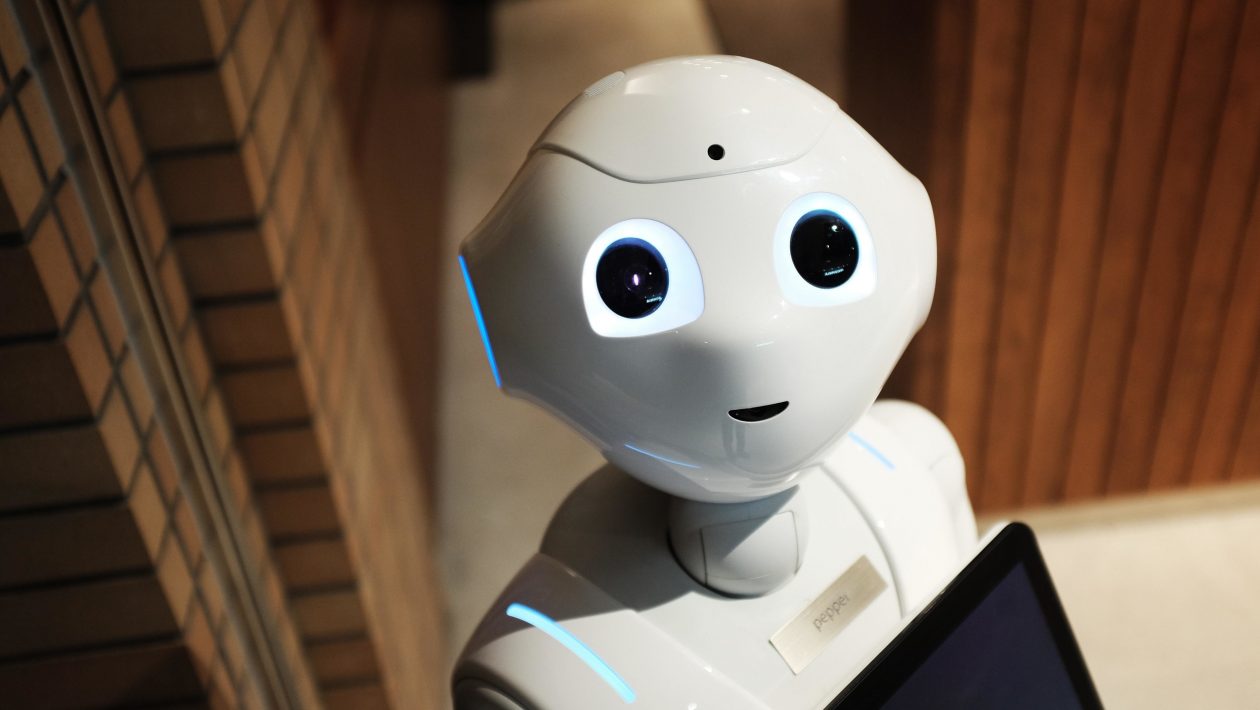Collaborative robots, or “cobots” as they are often referred to, have revolutionized many aspects of the modern workplace. Cobots can perform a variety of tasks and interact with humans in ways that were previously not possible. As technologies advance and applications refine, cobots will increasingly drive innovation and growth for businesses across all sectors. This article will explore some of the various roles collaborative robots can serve to identify how businesses can leverage this technology to their advantage.
Table of Contents
Increasing productivity
One of the primary functions cobots offer businesses is an increase in productivity. Cobots are designed to work alongside humans, taking on tasks that can be dangerous, repetitive, or tedious. It frees workers from arduous duties and allows them to focus their energy on higher-value activities. In addition, cobots can operate 24/7 with no necessary break periods and never tire or get bored. It enables them to complete tasks much faster than a human worker ever could, allowing companies to take advantage of tight deadlines without compromising quality control or accuracy.
Businesses can also take advantage of Cobots’ flexibility when it comes to customization. Companies can equip cobots with tools or accessories and program them to follow specific processes. It allows business owners to customize the technology according to their specific activities and operations, ensuring that cobots can carry out, at maximum efficiency, the tasks assigned to them.
Enhancing product quality
Another benefit cobots provide businesses is an enhancement in product quality. By leveraging precision robotics technology, cobots can carry out complex tasks more accurately and consistently than humans. It ensures that each product is of a consistent quality, enabling businesses to maintain high standards and potentially even receive certifications from governing bodies. Moreover, cobots can be programmed to look for product defects or irregularities as they come off the line. By catching mistakes before they become serious problems, businesses can save time and money by avoiding costly recalls or reworks.
Using cobots also eliminates repetitive strain injuries caused by manual labor or monotonous tasks, which can reduce overall health costs associated with a long-term injury. Furthermore, eliminating human errors reduces the risk of an entire batch of goods being ruined due to a single mistake made by a human worker.
Reducing costs
Cobots can also reduce business costs by eliminating the need to hire additional employees. As cobots can operate 24/7, they can take on more work than any single human ever could, thus reducing the number of labor hours required to complete a particular task or project. Furthermore, cobots require minimal maintenance and training, meaning less money needs to be spent on keeping them operational or teaching them how to use new tools and processes. It further decreases overhead expenses associated with employing human workers.
Finally, cobots enable businesses to leverage automation to increase efficiency and accuracy while minimizing material waste due to mistakes made during production. By automating processes, businesses can ensure that all their resources are used to maximum efficiency, reducing excess waste, and boosting their bottom line.
Enhancing safety
Cobots can also be used to enhance workplace safety. As mentioned previously, cobots can take on dangerous tasks that would otherwise have to be completed by human workers, minimizing the risk of injury and illness in the workplace. Cobots can also detect potential risks before they become serious accidents or mishaps, allowing businesses to proactively address hazardous conditions before someone is injured or worse.
In addition, cobots can collaborate with humans without putting people at risk. It enables business owners to keep their workers safe while achieving high productivity. Many businesses choose to deploy cobot technology instead of traditional robots because cobots are designed for more complex tasks than traditional robots, making them ideal for jobs that require a human touch.
In conclusion
Cobots are quickly becoming an invaluable tool for businesses of all sizes. By leveraging collaborative robotics technology, businesses can save time and money by automating processes, eliminating human errors, and enhancing product quality. Cobots can increase workplace safety while allowing business owners to achieve high productivity. As more businesses look to cobots for cost-effective solutions, it is clear that the role of collaborative robots in driving innovation and growth will continue to expand.



